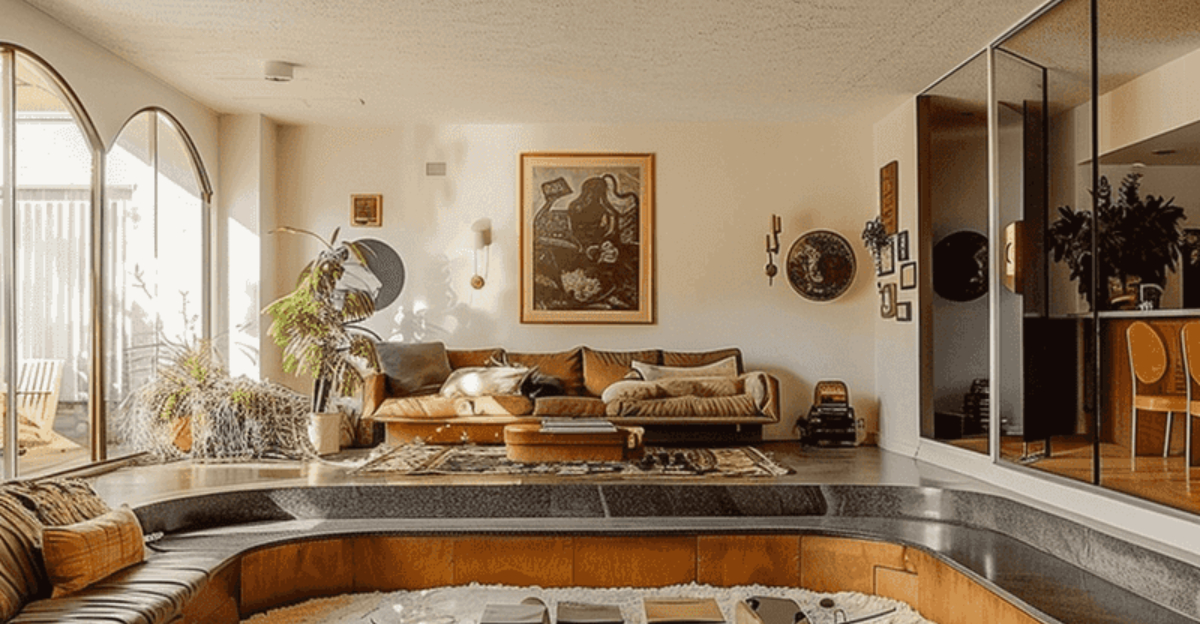American housing trends are shifting at lightning speed. Sustainability demands, smart tech, and fresh lifestyle priorities are rewriting the blueprint for modern living. As a result, some once-beloved home styles are edging toward obsolescence.
From overly ornate facades to layouts that ignore today’s need for flexibility, designers and experts are spotting clear signs of what’s on the chopping block.
Here’s a countdown of 17 home designs that risk looking stuck in the past by 2030—time to rethink before it’s too late.
1. McMansions
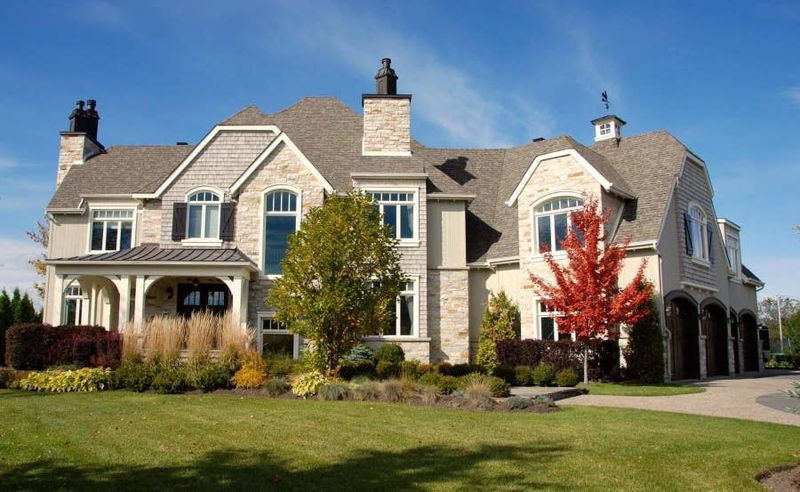
Those massive, cookie-cutter luxury homes that dominated wealthy suburbs since the 1980s are finally losing their appeal. Rising energy costs make heating and cooling these oversized showpieces financially draining.
Young homebuyers increasingly reject the wasteful excess of 5,000+ square foot homes with rarely used formal spaces. The future belongs to thoughtfully designed, efficient homes that maximize livable space without the environmental guilt.
2. Tuscan-Inspired Kitchens
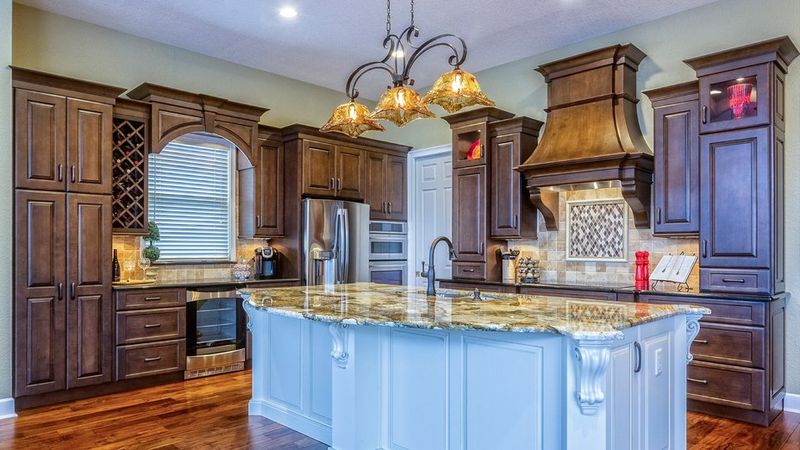
Remember when every upscale kitchen mimicked an Italian villa? Dark cherry cabinets, granite countertops, and bronze fixtures once signaled luxury but now scream 2005.
Heavy Mediterranean styling feels cluttered and dated compared to today’s airy, functional kitchens. Modern homeowners prefer clean lines, integrated technology, and sustainable materials over faux-rustic detailing and ornate corbels collecting dust above the stove.
3. Open Concept Everything
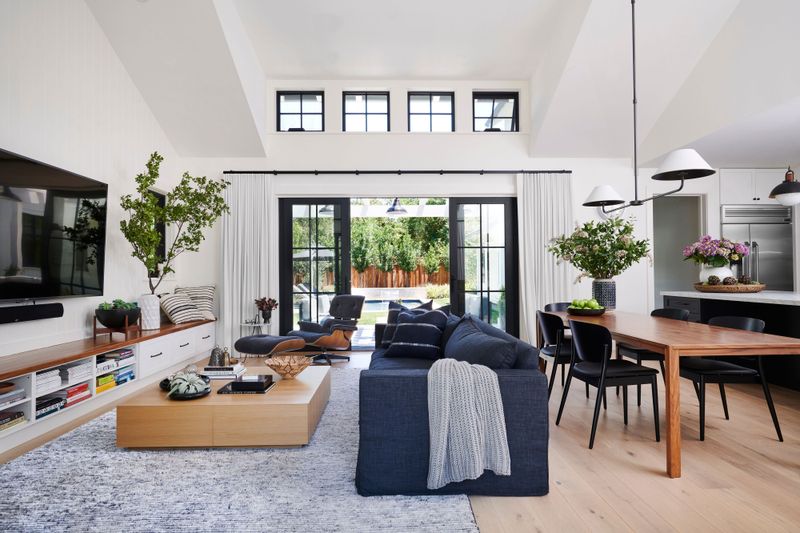
After years of knocking down walls, homeowners are rediscovering privacy. The pandemic revealed the fatal flaw of open floor plans: nowhere to escape when everyone’s home 24/7.
Architectural trends now favor flexible spaces with sliding partitions and acoustic barriers. By 2030, houses with completely undivided living areas will seem impractical relics from an era before remote work demanded quiet zones and separate activity spaces.
4. Carpet in Bathrooms
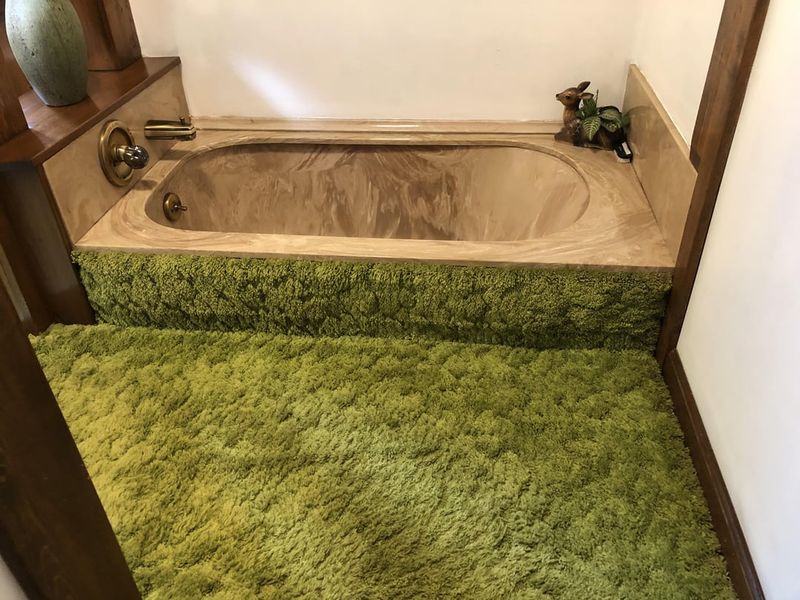
Bathroom carpeting – a bizarre trend that somehow gained popularity in the 1970s – continues lurking in older homes despite being a moisture-trapping nightmare. Mold concerns aside, it’s simply unhygienic.
Modern bathrooms feature waterproof luxury vinyl, porcelain tile, or heated concrete floors. Future homebuyers will recoil at the thought of fabric floor coverings in wet spaces, viewing them as unsanitary relics of a less enlightened era.
5. Formal Dining Rooms
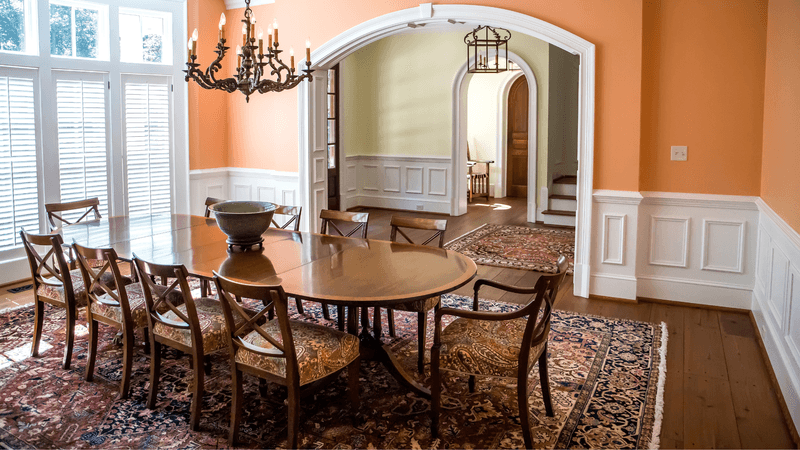
Dedicated dining rooms are becoming architectural fossils. Modern families rarely host formal dinners, making these spaces wasted square footage most days of the year.
Tomorrow’s homes feature multipurpose areas that transform from casual dining to homework stations or home offices. The pandemic accelerated this shift as people repurposed underutilized formal spaces. By 2030, a room used exclusively for dining will seem as outdated as a dedicated smoking room.
6. Whirlpool Tubs
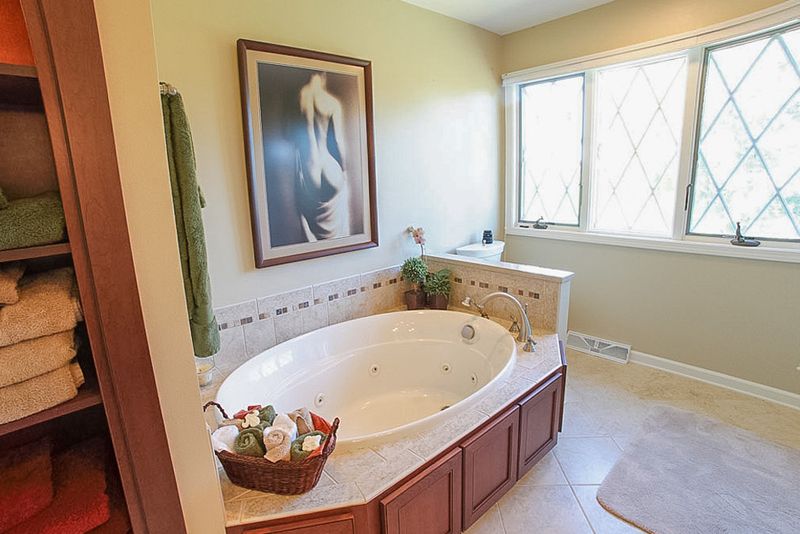
Giant jetted tubs were status symbols in 1990s master bathrooms, but they’ve lost their sparkle. Homeowners discovered these water-guzzling fixtures rarely get used while consuming valuable bathroom real estate.
Walk-in showers with rainfall heads and smart controls offer daily luxury without the maintenance headaches. Modern bathrooms emphasize water conservation and practical indulgence – making those seldom-used soaker tubs with their notoriously grimy jets seem like wasteful dinosaurs.
7. Popcorn Ceilings
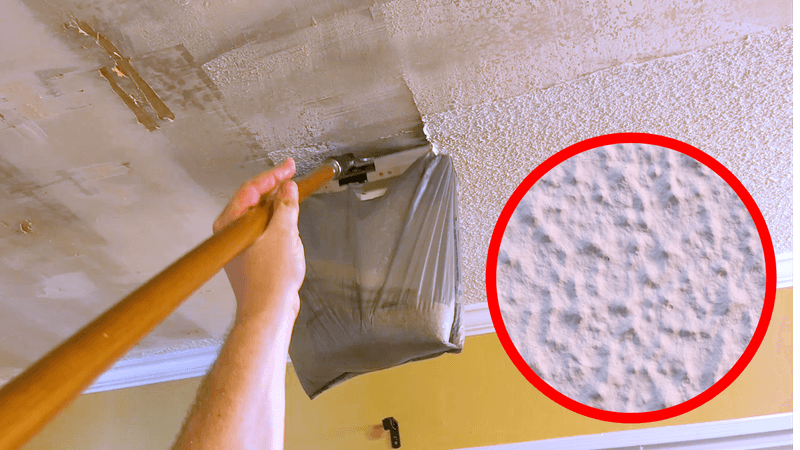
Somehow, textured “popcorn” ceilings have survived decades past their prime in many American homes. Originally installed to hide imperfections and dampen sound, they’re dust magnets that date a home instantly.
Beyond their dated appearance, older versions may contain asbestos. Modern homes feature smooth ceilings or architectural details like coffered designs or subtle texture techniques. By 2030, entering a home with popcorn ceilings will feel like stepping into a time capsule.
8. Sunken Living Rooms
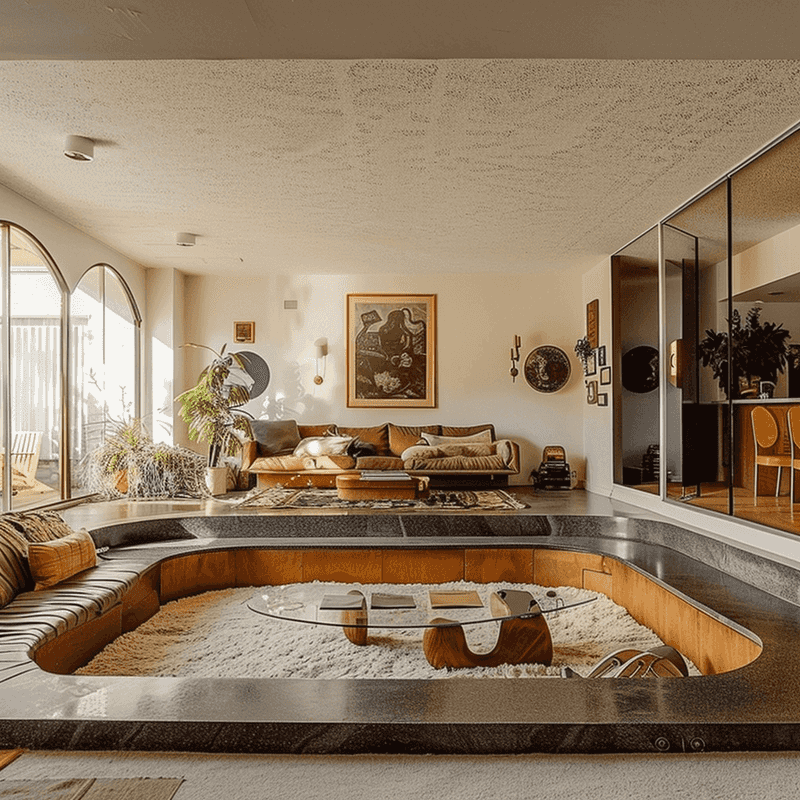
Once the height of 1970s sophistication, sunken living rooms have fallen from grace. While they created conversation pits for cocktail parties, they’re accessibility nightmares that create tripping hazards and complicate furniture arrangements.
Contemporary design favors fluid spaces with universal design principles that accommodate aging-in-place and diverse mobility needs. The step-down living room will join other retro features like conversation pits as nostalgic curiosities rather than desirable home features.
9. All-White Kitchens
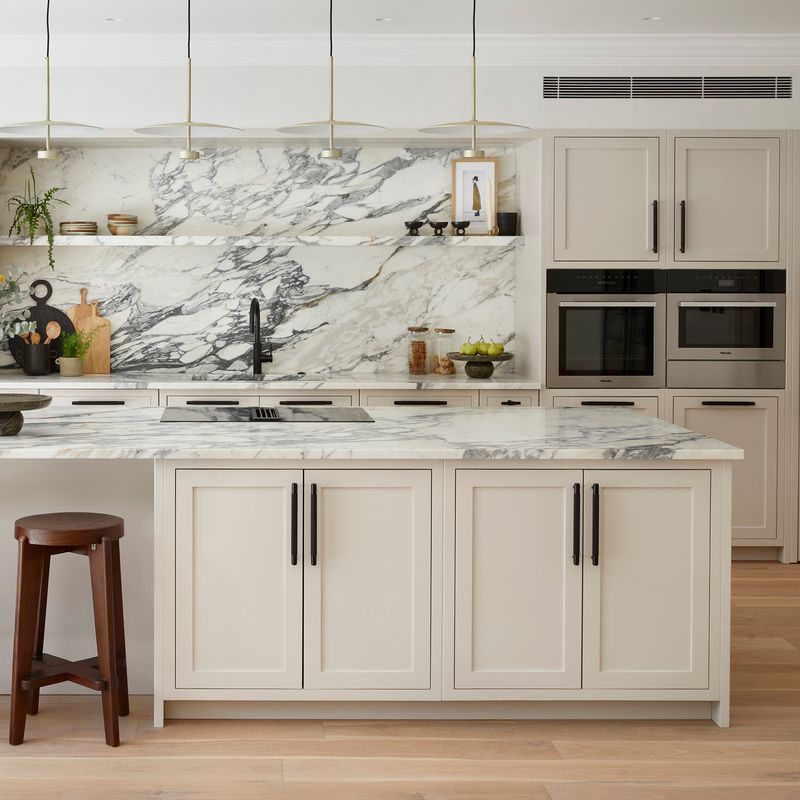
The Instagram-perfect white kitchen – with its marble counters, subway tile, and pristine cabinetry – is showing its first signs of fatigue. Maintenance reality has set in as homeowners tire of constantly cleaning visible fingerprints and food splatters.
Warmer tones, natural woods, and colorful cabinetry are gaining momentum. Tomorrow’s kitchens will incorporate antimicrobial surfaces and practical materials that don’t require constant upkeep, making the clinical all-white aesthetic seem impractical and dated.
10. Media Rooms with Built-In Entertainment Centers
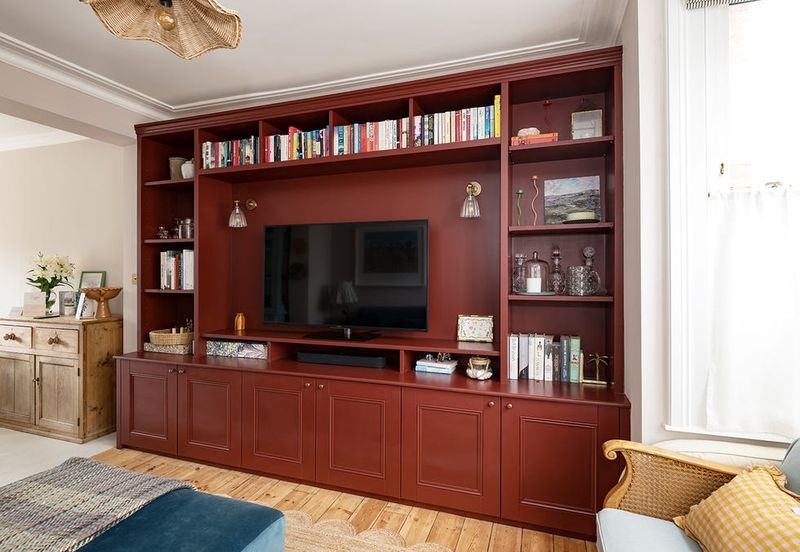
Remember those massive built-in entertainment centers designed around bulky TVs? As streaming replaces physical media and flat screens get thinner, dedicated media walls feel increasingly obsolete.
Modern homes feature flexible spaces where technology integrates seamlessly without dominating the architecture. The future favors minimalist mounting solutions and wireless systems that don’t require permanent cabinetry. Those imposing media walls with DVD shelving and component nooks will soon look as dated as built-in telephone niches.
11. Oversize Master Bathrooms
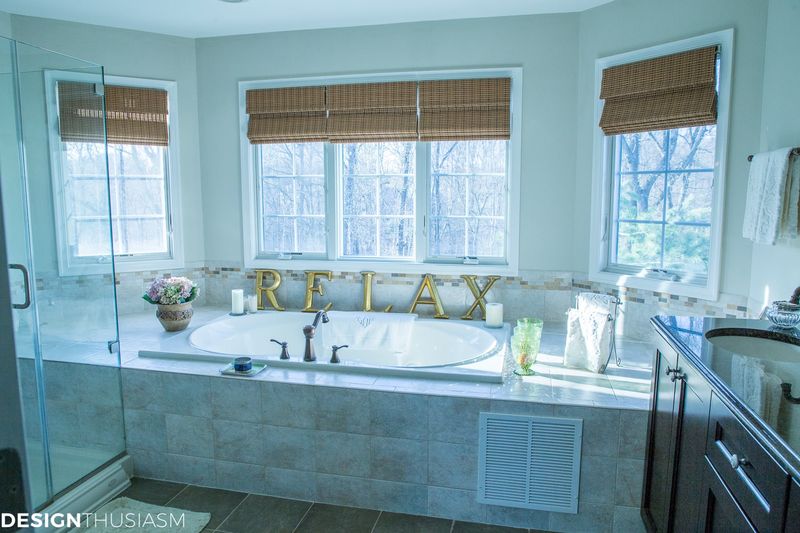
Cavernous master bathrooms with spa ambitions but practical shortcomings are falling out of favor. These room-sized bathrooms often waste space with oversized tubs, double vanities placed too far apart, and poorly planned layouts.
Future bathroom design emphasizes efficiency without sacrificing luxury. Smart storage solutions, properly scaled fixtures, and water-saving technology create sophisticated bathrooms that don’t require excessive square footage. Space-hogging bathroom suites will seem like relics of excess rather than true luxury.
12. Chevron and Geometric Patterns Everywhere
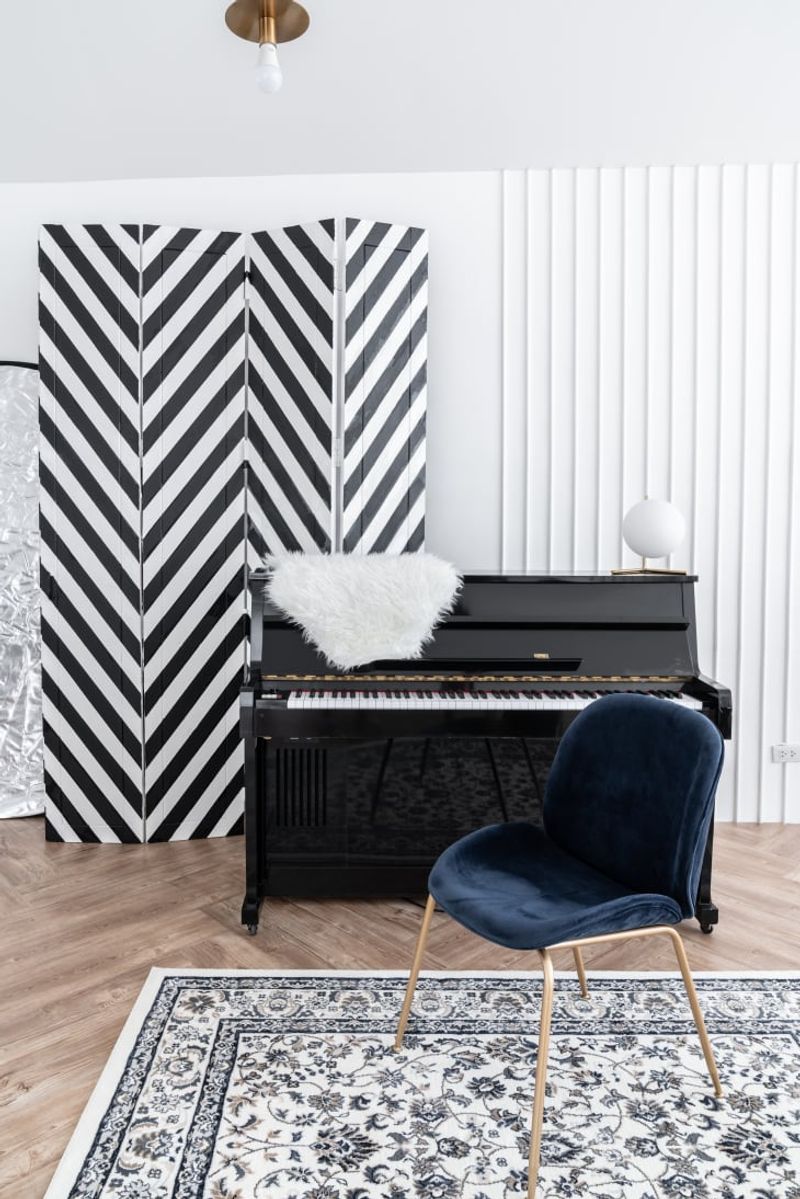
Ubiquitous chevron patterns and bold geometrics that dominated 2010s interiors are already showing their age. When design elements become too trendy too quickly, their shelf life shortens dramatically.
Future interiors will embrace timeless patterns derived from nature and cultural traditions rather than short-lived trends. Homeowners have learned the expensive lesson that permanently installing highly distinctive patterns (in tile, flooring or built-ins) creates dated spaces that require costly updates when trends inevitably shift.
13. Fast-Fashion Farmhouse
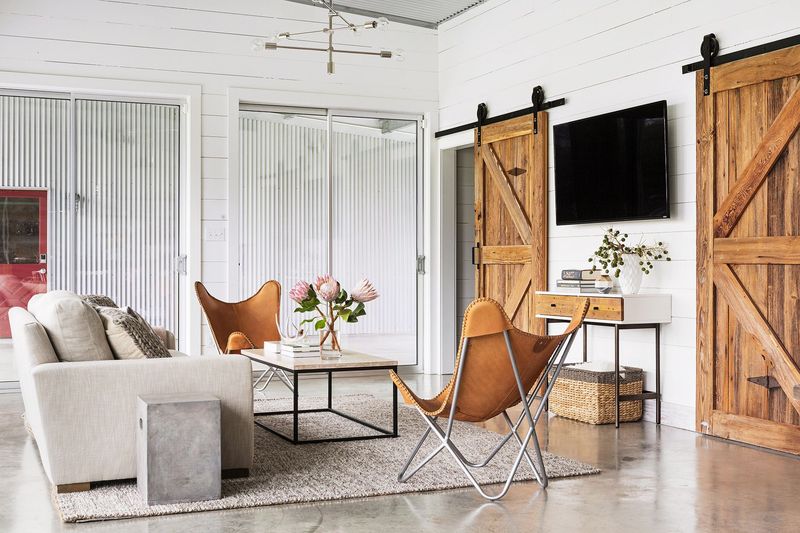
The ubiquitous modern farmhouse look – shiplap walls, barn doors, and “Live, Laugh, Love” signs – has reached peak saturation. What began as charming nostalgia devolved into mass-produced clichés found in every home store across America.
Authentic design that reflects regional architecture and personal history will replace generic farmhouse aesthetics. By 2030, sliding barn doors covering bathroom entrances and distressed everything will seem as dated as 1980s country kitchens with their goose stencils and blue ribbons.
14. Builder-Grade Mediterranean McMediterraneans
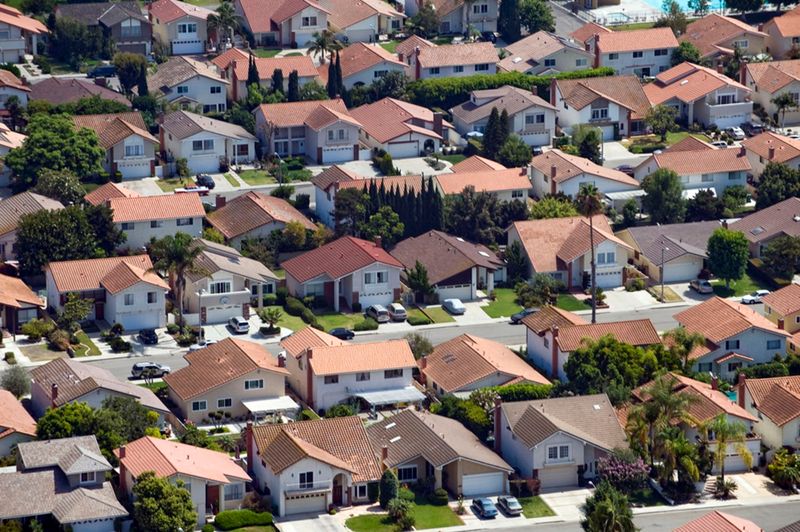
Mass-produced “Mediterranean” homes with their beige stucco, terracotta roofs, and token arched windows dominated 1990s-2000s developments across the Sunbelt. Builders applied superficial Mediterranean elements without understanding the climate-specific origins of the authentic style.
Rising energy costs are making these poorly insulated homes with their soaring ceilings increasingly expensive to maintain. Future housing will embrace authentic regional design that makes climate sense, making these developer Mediterranean hodgepodges seem like impractical costume architecture.
15. Wall-to-Wall Carpeting
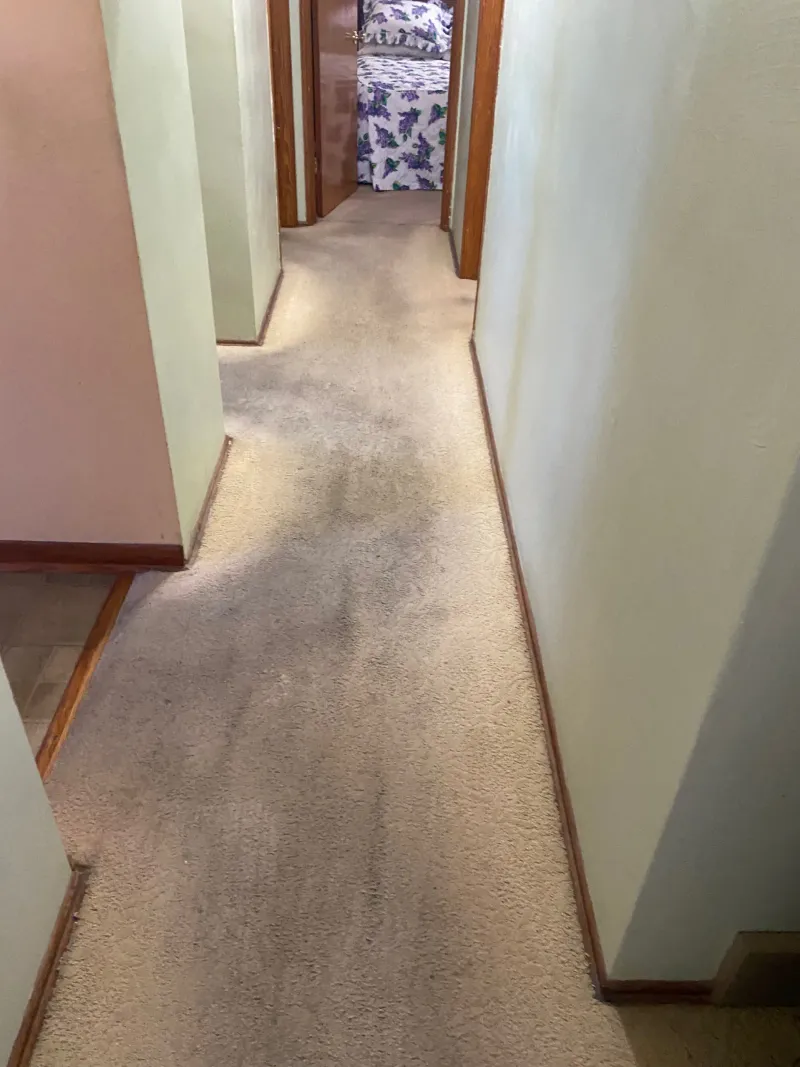
Wall-to-wall carpeting throughout homes is rapidly losing market appeal. Beyond trapping allergens and being difficult to clean thoroughly, it’s viewed as an outdated flooring solution that hides rather than solves subfloor issues.
Modern homes feature hard surface flooring with area rugs for warmth and sound absorption. Advancements in luxury vinyl, engineered wood, and heated flooring provide comfort without carpeting’s downsides. By 2030, homes carpeted throughout will seem as dated as the shag carpeting of the 1970s.
16. Victorian Revival
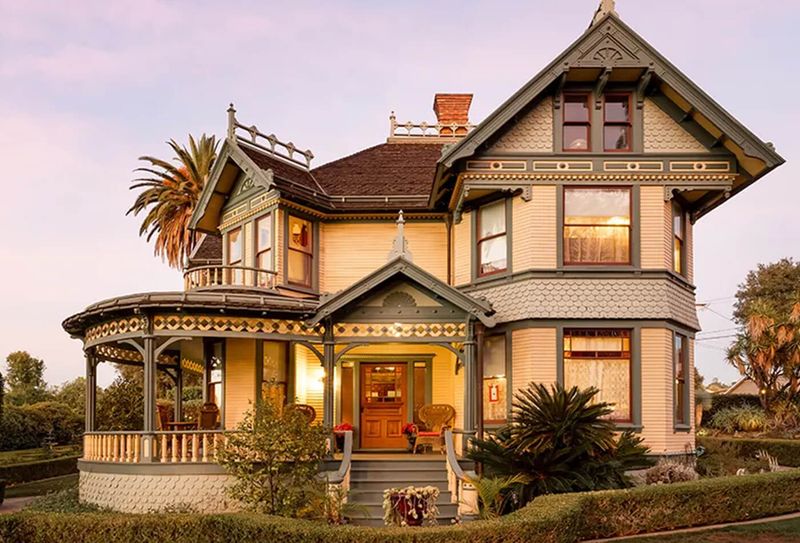
The Victorian Revival, known for its grandeur and elaborate details, is quickly losing its charm in modern times. Homeowners find maintaining these ornate designs costly and cumbersome.
A Victorian Revival home typically boasts intricate woodwork, stained glass, and multiple gables. While these features exude historical elegance, they are not aligned with today’s minimalist trends.
Did you know? This style emerged in the late 19th century, inspired by the architecture of the British Victorian era, yet it struggles to find a place in contemporary American suburbs.
17. Split-Level Homes
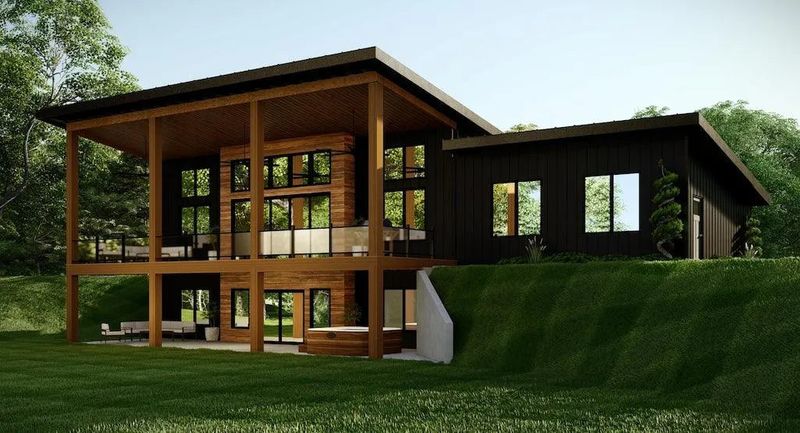
Split-level homes, a staple of mid-20th-century suburban America, are gradually fading into obscurity. The layout, featuring staggered floors, presents challenges in modern living.
Many find the separation of spaces less appealing compared to open-plan designs. Originally popularized in the 1950s for maximizing space on smaller lots, split-levels now seem outdated.
Interestingly, these homes were once considered innovative for their time, offering privacy and functionality. However, their segmented nature is no longer ideal for today’s lifestyle, which favors fluidity and connectivity.

